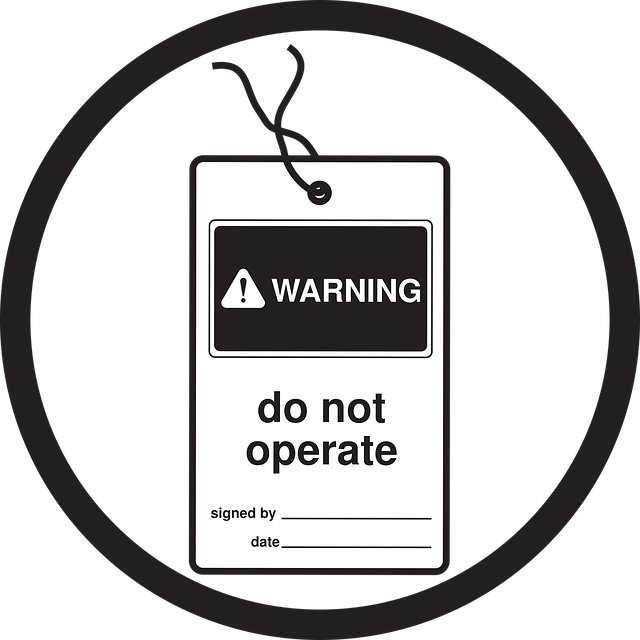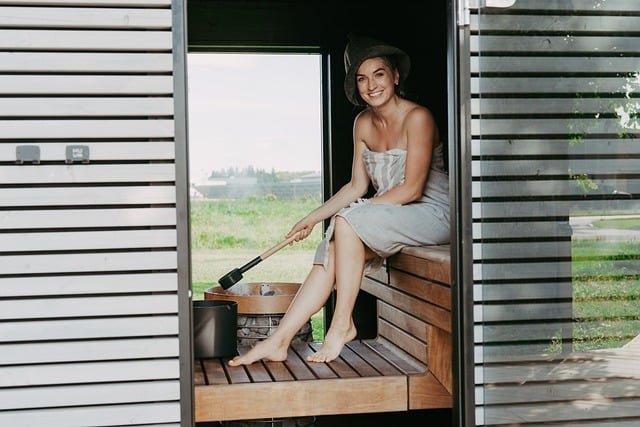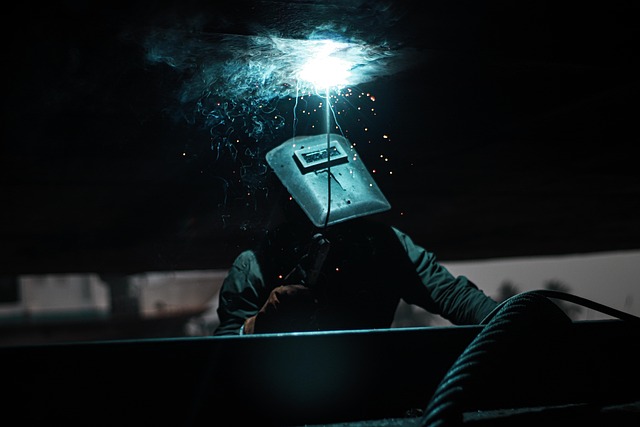Student housing safety ensures fair rent, good maintenance, and quick dispute resolution through knowledge of local laws. Prioritize security features like 24/7 security, well-lit spaces, regular maintenance, private storage, clear exit routes, and fire safety equipment. Take proactive measures with emergency procedures, secure valuable storage, and use locking systems for important documents and medications to enhance student housing safety.
Moving into student rentals? Prioritizing your safety is crucial. This guide equips you with the knowledge to navigate shared living spaces securely. From understanding your rights and responsibilities, to identifying safe features in potential homes, and practical tips for staying secure in common areas – equip yourself with these essentials for a safe and comfortable academic year. Ensure your student housing experience is both enriching and secure.
- Understanding Your Rights and Responsibilities
- Identifying Safe Student Housing Features
- Practical Tips for Staying Secure in Shared Spaces
Understanding Your Rights and Responsibilities

Understanding your rights and responsibilities is a crucial aspect of ensuring safe living in student rentals. As a tenant, you have certain legal protections that safeguard your well-being and privacy. Familiarize yourself with the local tenancy laws to know what conditions are acceptable in your rental agreement. This includes understanding fair rent pricing, maintenance expectations, and procedures for addressing safety concerns.
By knowing your rights, you can actively participate in maintaining a safe environment. This involves communicating openly with your landlord or property manager about any issues, from basic repairs to more serious security concerns. Documenting everything—from initial inspections to subsequent conversations and reports of problems—is essential in the event disputes arise. Remember, clear communication is key to navigating student housing safety effectively.
Identifying Safe Student Housing Features

When searching for safe student housing, pay close attention to key features that can make all the difference in your well-being. Look for properties with 24/7 on-site security or a door intercom system for enhanced entry control. Well-lit common areas and exterior spaces not only improve visibility but also deter potential hazards. Regular maintenance is another vital sign of safe student housing; ensure the property has a history of timely repairs and prompt attention to any maintenance requests, especially regarding fire safety equipment like smoke detectors and fire extinguishers.
Additionally, consider the layout and privacy aspects. Individual or locked rooms with proper keys are ideal for securing your personal belongings. Check if the rental includes secure storage options for valuables and bicycles. A safe student housing environment should also prioritize accessibility features, such as clear exit routes during emergencies and easy-to-use fire alarms in every unit.
Practical Tips for Staying Secure in Shared Spaces

Staying secure in shared student spaces is a key aspect of ensuring your well-being during your time in university accommodation. Here are some practical tips to help you keep yourself and your belongings safe:
Regularly review fire safety procedures with your roommates and familiarize yourselves with the layout of emergency exits. Ensure everyone knows the location of fire alarms, extinguishers, and first aid kits. Assign specific tasks like checking smoke detectors when you move in or regularly testing fire alarms to maintain a proactive safety culture. Additionally, create a safe storage system for valuable items and medications, ensuring they are not easily accessible to strangers. Consider using locking drawers, secure shelves, or even small safes to protect essential documents and possessions.
